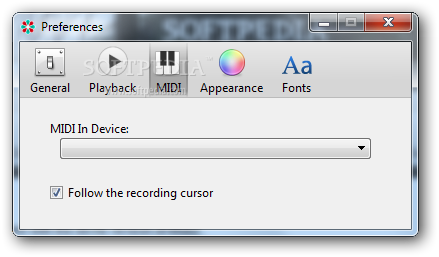

"VCam_v6.3.tmp" wrote 1500 bytes to a remote process "C:\Program Files\e2eSoft\VCam\devcon.exe" (Handle: 472) "VCam_v6.3.tmp" wrote 52 bytes to a remote process "C:\Windows\System32\regsvr32.exe" (Handle: 472) "VCam_v6.3.tmp" wrote 32 bytes to a remote process "C:\Windows\System32\regsvr32.exe" (Handle: 472) "VCam_v6.3.tmp" wrote 4 bytes to a remote process "C:\Windows\System32\regsvr32.exe" (Handle: 472)

"VCam_v6.3.tmp" wrote 1500 bytes to a remote process "C:\Windows\System32\regsvr32.exe" (Handle: 472) "VCam_v6.3.tmp" wrote 52 bytes to a remote process "C:\Windows\System32\regsvr32.exe" (Handle: 644) "VCam_v6.3.tmp" wrote 32 bytes to a remote process "C:\Windows\System32\regsvr32.exe" (Handle: 644) "VCam_v6.3.tmp" wrote 4 bytes to a remote process "C:\Windows\System32\regsvr32.exe" (Handle: 644)

"VCam_v6.3.tmp" wrote 1500 bytes to a remote process "C:\Windows\System32\regsvr32.exe" (Handle: 644) "VCam_v6.3.exe" wrote 52 bytes to a remote process "C:\Users\%USERNAME%\AppData\Local\Temp\is-JBR2R.tmp\VCam_v6.3.tmp" (Handle: 168) "VCam_v6.3.exe" wrote 32 bytes to a remote process "C:\Users\%USERNAME%\AppData\Local\Temp\is-JBR2R.tmp\VCam_v6.3.tmp" (Handle: 168) "VCam_v6.3.exe" wrote 4 bytes to a remote process "C:\Users\%USERNAME%\AppData\Local\Temp\is-JBR2R.tmp\VCam_v6.3.tmp" (Handle: 168) "VCam_v6.3.exe" wrote 1500 bytes to a remote process "%TEMP%\is-JBR2R.tmp\VCam_v6.3.tmp" (Handle: 168) Reads the registry for installed applicationsĪn adversary may attempt to get detailed information about the operating system and hardware, including version, patches, hotfixes, service packs, and architecture.Ĭontains ability to query CPU informationĪdversaries may attempt to get information about running processes on a system.Īdversaries may enumerate files and directories or may search in specific locations of a host or network share for certain information within a file system. Reads information about supported languages
#Mus2 serial windows
Queries volume information of an entire harddriveĪdversaries may interact with the Windows Registry to gather information about the system, configuration, and installed software. The system time is set and stored by the Windows Time Service within a domain to maintain time synchronization between systems and services in an enterprise network.Īdversaries may attempt to gather information about attached peripheral devices and components connected to a computer system.Ĭhecks a device property (often used to detect VM artifacts) The input sample is signed with a certificateĪdversaries may interact with the Windows Registry to hide configuration information within Registry keys, remove information as part of cleaning up, or as part of other techniques to aid in ] and ].Īdversaries may attempt to get a listing of open application windows.

Malware, tools, or other non-native files dropped or created on a system by an adversary may leave traces behind as to what was done within a network and how.Ĭode signing provides a level of authenticity on a binary from the developer and a guarantee that the binary has not been tampered with.
#Mus2 serial code
Process injection is a method of executing arbitrary code in the address space of a separate live process.Īllocates virtual memory in a remote process Installs hooks/patches the running process Windows processes often leverage application programming interface (API) functions to perform tasks that require reusable system resources.
#Mus2 serial driver
Opens the Kernel Security Device Driver (KsecDD) of Windows Loadable Kernel Modules (or LKMs) are pieces of code that can be loaded and unloaded into the kernel upon demand.Ĭontains ability to enumerate processes/modules/threads Adversaries may execute a binary, command, or script via a method that interacts with Windows services, such as the Service Control Manager.


 0 kommentar(er)
0 kommentar(er)
